cakes and camps
This post is about a 22km walk from Mühldorf to Kemating. I have cake with Louise, and then I visit a bunker in a forest.
The town was very quiet in the morning. Maybe it was because today was a Sunday. Or maybe everyone was just sleeping off their hangover from the night before.
stuck with cakes
Louise and I packed our stuff and walked over to the train station. We went to a café and ordered coffee. Or rather, Louise got a coffee with milk and I got myself a lattay macheeahtow.
When it was time for Louise to board her train, it became evident that it had been canceled. So we went back to the café and asked them if they had any more coffee.
the champion
The owner Manfred sat down with us and wanted to know what was up with the Caboose and all. This was when we learned that he was, in fact, a world champion confectioner. He had traveled extensively, taking part in bake-outs, judging competitions, and training other confectioners.
He really did make good cakes.
And so it seemed like a stroke of luck that Louise’s train had been canceled.
Weingut I
About two hours later, Louise was on her train home and I was in the middle of a forest. It was called Mühldorfer Hart, and in the middle of it, there was a concentration camp from World War II.
During the late stage of the war, the German government had decided that it needed to move armament production into large bunkers. They planned six of them and started building two. One of them was here in the forest near Mühldorf. They called it Weingut I.
And, of course, they made generous use of forced labor. Thousands of inmates from a nearby concentration camp were moved into the forest and had to build the bunker.
In the end the nazis never got around to finishing their project because their reich was finished off first. After the war, the Allies destroyed most of what was left of the bunkers and the camps.
the ruins
When I got there, one bunker hall was still standing, at least most of it. The forest had partly overgrown the structure, and it had a weird cave-like, almost organic feel to it.
I took some pictures and had some food, then it took me about 20 minutes to get to the site of the former concentration camp. There was almost nothing left of the camp, only the foundations of the barracks. They had been dug into the forest ground, so their foundations looked almost like natural craters.
the people
Thousands of people had suffered here, and only about half of them had made it out alive.
They were buried in a mass grave in a clearing another 20 minutes down the forest road. The grave had been exhumed and the bodies had been properly buried after the war, and there was not much to see except for a bunch of trees that had been cut down at about a human body’s height.
People had placed little pebbles on top of them, and someone had brought a painted rock.
pictures
the walk from Mühldorf to Kemating:



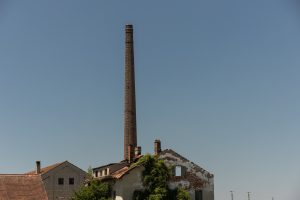
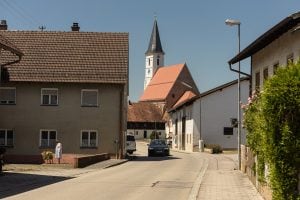
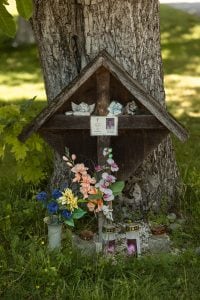
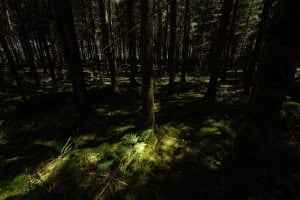
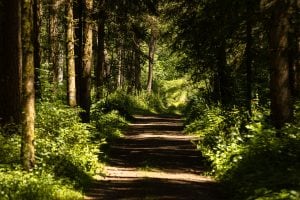
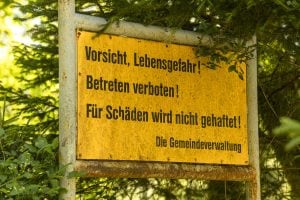
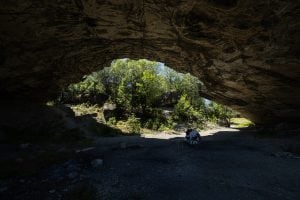
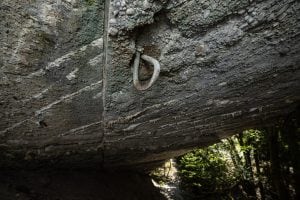
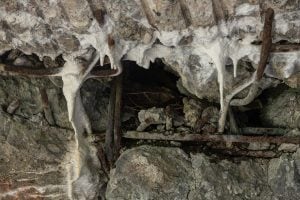
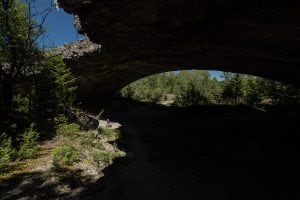
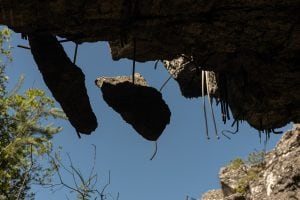
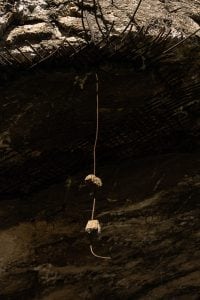
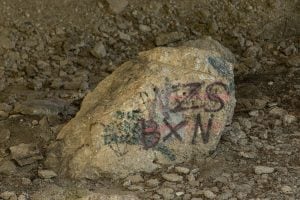
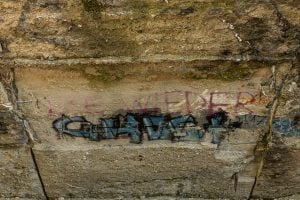
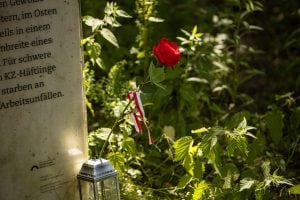
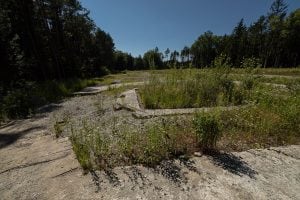
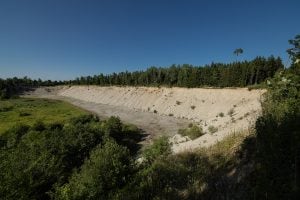
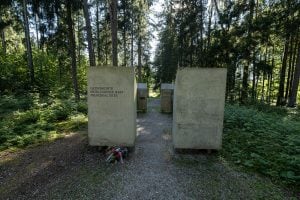
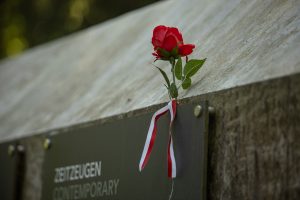
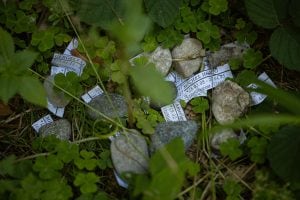
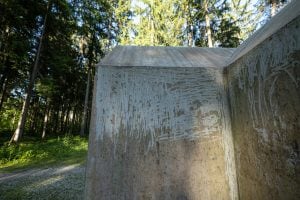
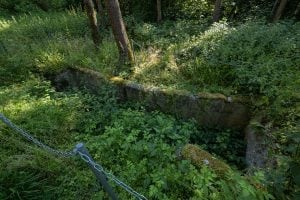
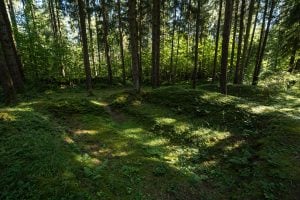
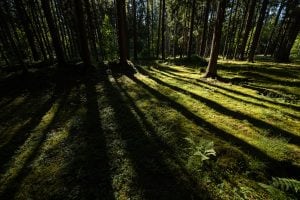

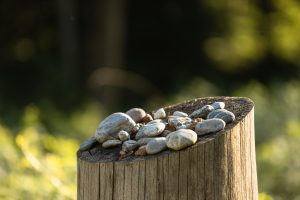
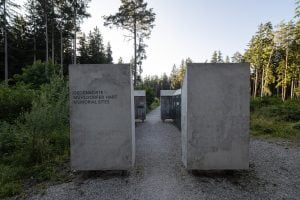
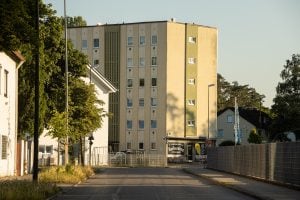

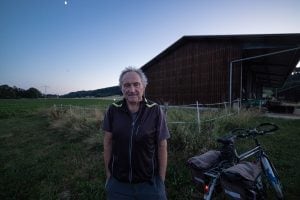
Kevin Chambers
I can’t believe you are in Germany either. I started following you when both of us were in China.